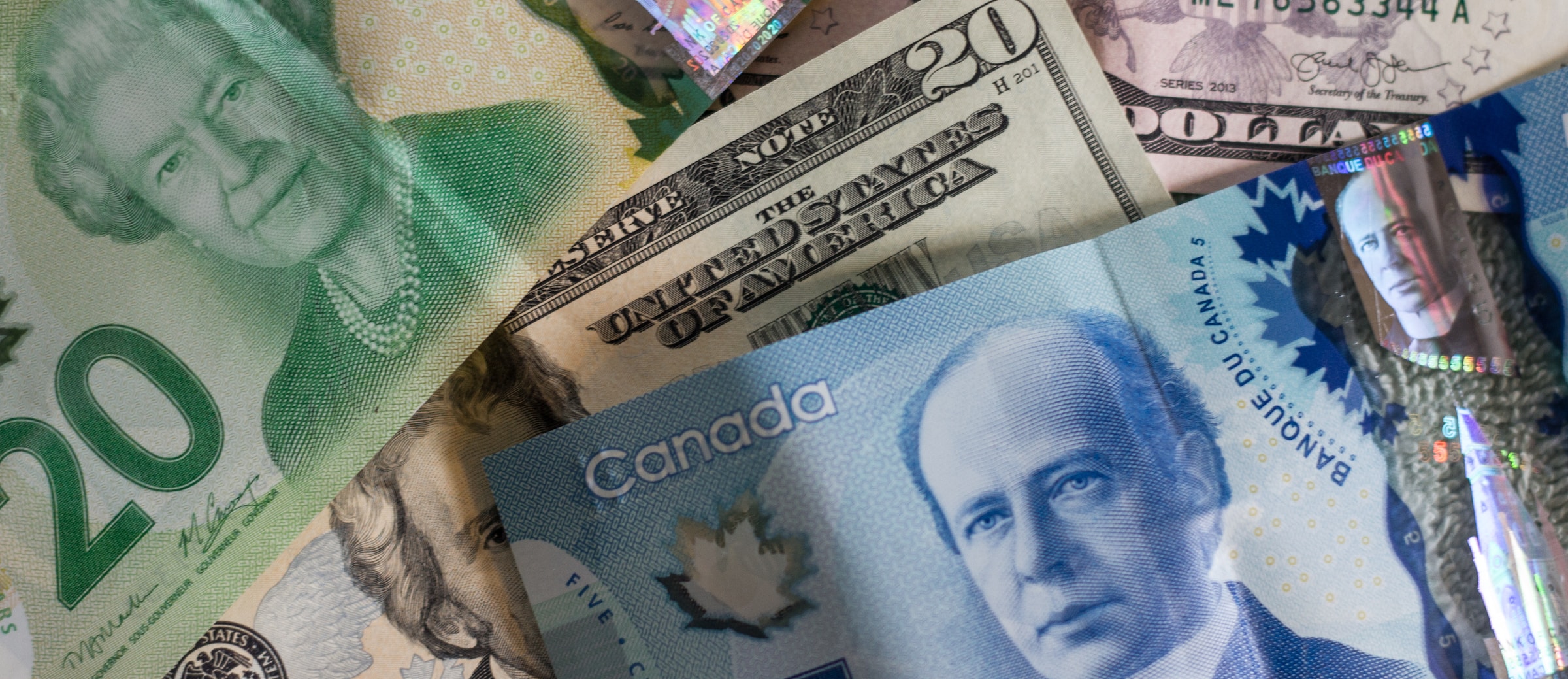
The Canadian dollar has been fluctuating with market sentiment. The Canadian dollar (Loonie) began the week on a stronger note following the Federal Reserve’s decision to keep rates unchanged, with Chairman Powell’s remarks being interpreted as less hawkish than expected. However, the sentiment shifted when Federal Reserve officials indicated that the battle against inflation was far from over, leading to the Loonie losing ground to the US dollar. Oil prices fell sharply on Wednesday, reaching a four-month low, driven by weak economic data from China and Europe, which further contributed to the decline of the Canadian dollar. This morning, the Loonie is slightly up, by approximately a quarter of a penny, as oil prices have seen a modest recovery.
Domestically, the Bank of Canada’s direction appears ambiguous, as evidenced by the diverse views within the BoC’s policy-setting governing council. Some members acknowledged the potential need for further interest-rate hikes, even as borrowing costs were maintained during the October 25 meeting, as the published minutes revealed. Moreover, Carolyn Rogers, the Senior Deputy Governor of the Bank of Canada, cautioned Canadians to expect interest rates to remain higher than the levels experienced over the previous 10-15 years.
Looking ahead, the USD/CAD exchange rate will likely be influenced by shifts in interest rate forecasts and potential differentials. The USD/CAD pair has repeatedly struggled to maintain a break above the 1.38 level. For US dollar sellers, we see value above 1.37, while 1.365 would be a reasonable range for USD buyers with short-term needs.
The Canadian dollar is currently trading at 1.3771 CAD against the US Dollar.




